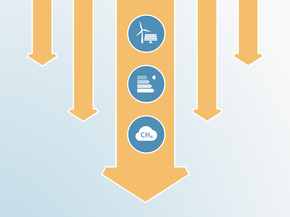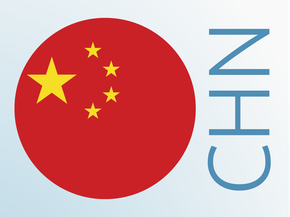Country summary
Overview
Brazil’s remarkable progress in forestry emissions mitigation observed since 2005 seems to have stopped, with deforestation and resulting emissions increases picking up speed again in recent years. Total deforestation increased almost 30% in 2016 compared to 2015 with more than 50% in the Amazon region, adding around 130 MtCO2 to total net emissions in 2016. This increase in emissions goes in the opposite direction of Brazil’s commitments under the Paris Agreement, which include a target of zero illegal deforestation in the Brazilian Amazonia by 2030.
Budget cuts of 50% to the Environment Ministry, 70% to deforestation monitoring authorities, and other areas raise issues of concern around the Government’s ability to adequately monitor deforestation, as evidenced in the increasing deforestation levels observed since 2016. Not only has the enforcing capacity of authorities been reduced, but the Government has also started to reverse LULUCF policies already in place, regularising more illegal land-grabbing practices and removing protection from national forests.
Given the key role of the LULUCF sector in Brazil’s NDC and the huge importance of its forests for environmental services, biodiversity, and carbon sequestration, the Brazilian government urgently needs to strengthen mitigation action in this sector—instead of weakening it.
Emissions in most sectors are expected to rise at least until 2030. To peak emissions and rapidly decrease levels afterward as required by the Paris Agreement, Brazil will need to reverse the current trend of weakening climate policy, by sustaining and strengthening policy implementation in the forestry sector and accelerating mitigation action in other sectors - including a reversal of present plans to expand fossil fuel energy sources.
Negative developments observed recently in the LULUCF sector would require deeper cuts in the emissions of other sectors for Brazil to be able to reach its NDC targets. Given that since our last assessment Brazil has implemented no new policies in the LULUCF sector, instead reversing some already implemented policies , the current policy emissions projections for Brazil are no longer in line with the achievement of the NDC targets.
While the economic recession has resulted in slower than expected emissions growth in Brazil’s energy and industry sectors, recent developments in energy infrastructure planning and the above discussed reversal of deforestation policies are evidence of a worsening of Brazil’s national climate policy implementation—the opposite direction from what is needed to achieve the Paris Agreement goal.
We rate Brazil’s NDC “Insufficient,” meaning that its targets are not consistent with limiting warming to below 2°C and instead are consistent with warming between 2°C and 3°C: if all countries followed Brazil’s approach, warming would reach over 2°C and up to 3°C. If the CAT were to rate Brazil’s projected emissions levels under current policies, they would also be rated “Insufficient.”
Further analysis
Latest publications
Stay informed
Subscribe to our newsletter




